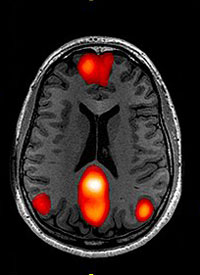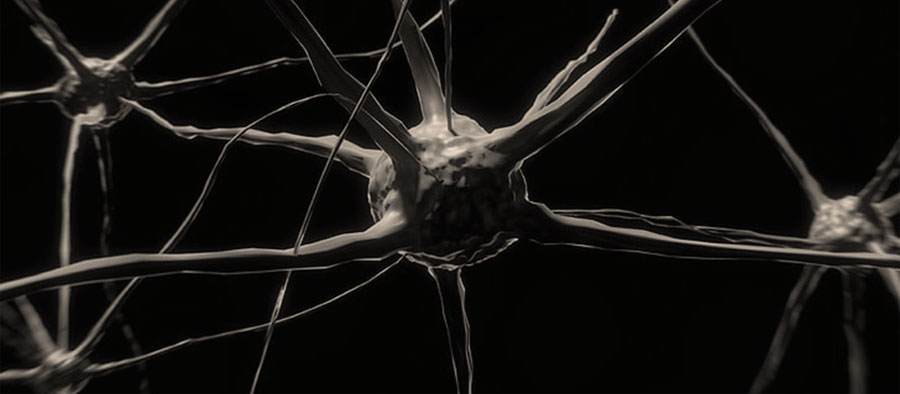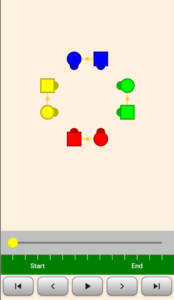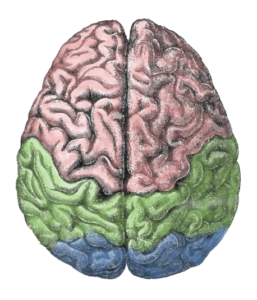As a follow-on to last week’s post, my husband and I finished watching Dr. Richard Restak course entitled Optimizing Brain Fitness on Wondrium. I took away a number of recommendations that I’ll put into practice to bolster my cognitive health.
He provided fair warning about technology’s destructive impact on cognition. The near-constant stream of alerts from email, text, social media, pop-ups, etc. diminishes our capacity for concentration. Hypertext links beckon our attention away from the material we’re trying to absorb. We skim and surf rather than engage in deep processing of information. We pat ourselves on the back for our capacity to attend to multiple sensory inputs at once without realizing that cognitive efficiency suffers greatly in the attempt. Depth, clarity, and cohesion of thought take time and focused attention. We’d do well to give our devices and apps a bit of a rest!
Long term cognitive health benefits greatly from building up a cognitive reserve through sustained stimulation and challenge. Folks with complex occupations that tax their frontal lobes develop cognitive reserve throughout their lifetimes. Self-education as a lifetime practice also works, especially when delving regularly into unfamiliar territory or challenging ourselves to acquire new skills. As Dr. Retak says: “People with higher cognitive reserve are better at recruiting alternate nerve-cell networks or increasing the efficiency of existing networks in response to age-related change.” In other words, we may accumulate plaque and tangles over time that block certain neuro networks, but a cognitive reserve allows us to chart new pathways to overcome them.
Dr. Restak suggests we approach retirement with an action plan to stay stimulated and engaged. Start with something of deep interest unrelated to chosen career and cultivate it as “a magnificent obsession.” Spend an hour or more a day improving knowledge and/or performance in that area. Dr. Restak chose cooking given is capacity to improve sensory perception, fine motor skills, attention, working memory, and artistry. He also admonishes us to pursue activities outside our comfort levels.
 Companies like BrainHQ provide structured cognitive training exercises that improve our reasoning, memory, and processing speed. Video games can serve the same purpose if used wisely. They’ve been shown to improve peripheral visual attention, 3-D awareness, contrast sensitivity, hand-eye coordination, manual dexterity, reflexes, and concentration. They can also become addictive and damage health, relationships, and social engagement. To gain the maximum benefit:
Companies like BrainHQ provide structured cognitive training exercises that improve our reasoning, memory, and processing speed. Video games can serve the same purpose if used wisely. They’ve been shown to improve peripheral visual attention, 3-D awareness, contrast sensitivity, hand-eye coordination, manual dexterity, reflexes, and concentration. They can also become addictive and damage health, relationships, and social engagement. To gain the maximum benefit:
- Find apps that match interests, preferably devoted to individual effort; avoid violent games.
- Set limits on play – 2-3 hours per week with no session lasting longer than 1 hour
- “Power down” afterwards by reading dense material that forces deep concentration and slower action
Minimize time spent watching television. It’s a solitary, passive enterprise that turns the brain off. Studies have shown a link between high TV viewership and cognitive impairment. If hungering for screen time, the computer provides active stimulation and the possibility for creation and community.
In addition to cognitive stimulation, Dr. Restak asks that we monitor our moods and inner dialog in favor of healthy, positive states. Keeps things in perspective and don’t waste energy on things that cannot be controlled. Focus on what you can do even if it’s merely to adopt a forward-looking attitude. Action and feeling go together. Art and music elevate mood. Optimism promotes cognitive health. So does a good sense of humor!
Finally, eat right, get adequate, high quality sleep, and exercise… preferably with friends!









